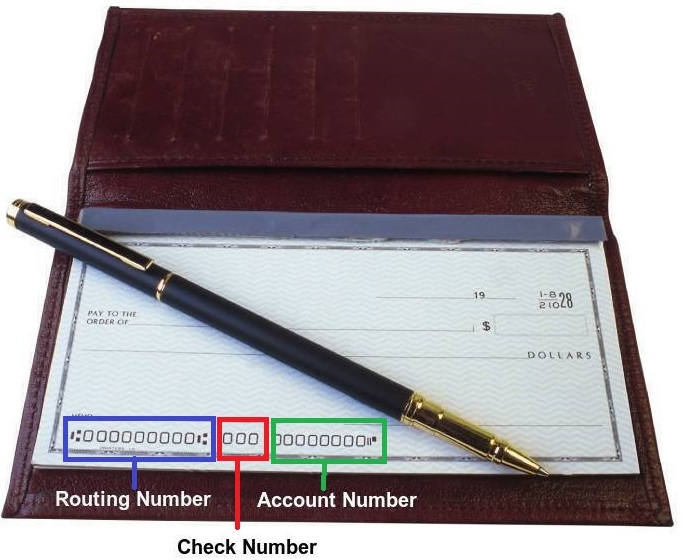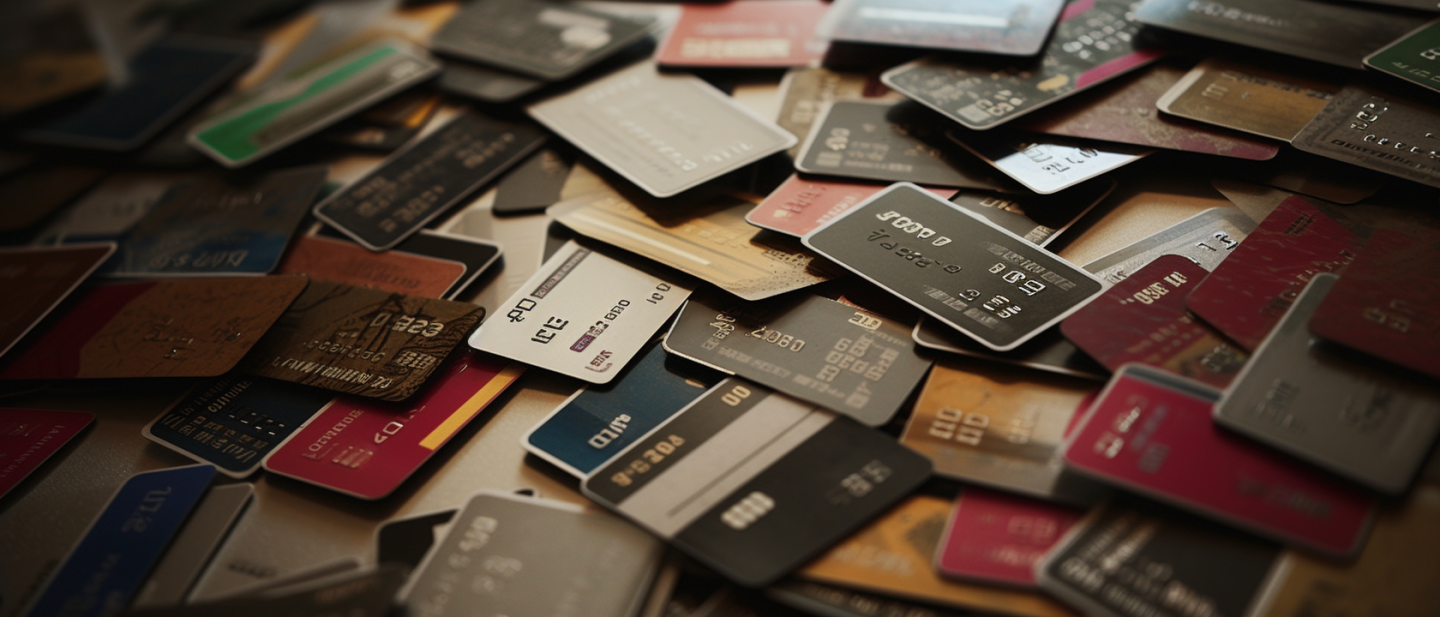
Table Of Contents
- All financial institutions in the United States must possess a routing number to function.
- Your bank’s routing number differs from your personal account number.
- You can find your bank’s routing number by looking in your checkbook, checking the bank’s online page, calling the bank, or looking up some online databases.
- It is important to enter the routing number correctly during transactions to avoid delays, failed transactions, and other errors.
What Is A Routing Number?
The routing number is used for facilitating the electronic routing of funds during transactions such as direct deposits, electronic bill payments, and wire transfers from one bank account to another.
You may therefore liken the routing number to an address for your bank, without which transactions cannot be directed to your bank for completion.
The routing number is also known as the Routing Transit Number (RTN) or an American Bankers Association (ABA) number.

How Does A Routing Number Differ From An Account Number?
Your bank’s routing number and your personal account number are two different numbers that together play an essential role in helping you achieve your bank transactions.
The routing number is the bank’s special identification number, while your account number is your unique identifier for your bank account and yourself as the account holder. If you have more than one account with a bank, you will have distinct account numbers for those accounts.
You must provide your account number for the transaction to be attached to your account, while you need the routing number for the transaction to be identified with the bank(s) involved. On your personal check, you will find the bank’s routing number printed on the bottom left while your account number can be found in the bottom center, just to the right of your routing number. Here are some other differences between a routing number and an account number:
- A routing number is a nine-digit number, while the account number can contain between eight and 15 digits or more.
- A routing number is a public number that is easily accessible by looking in the right places, while an account number is a private number that is not easily accessible and should be kept secure.
- A routing number is unique to a specific bank, while an account number is unique to a specific bank account.
Understanding The Format And Structure Of A Routing Number
Routing numbers are provided by bodies like the American Bankers Association (ABA) and there is a standardized format they take. The routing number is divided into three parts.
The first part consists of the first two digits, which are known as the Federal Reserve Routing Symbol. This helps to identify the Federal Reserve Bank that processes transactions for the bank.
The second part consists of the next four digits and is known as the ABA institution identifier. They identify the specific financial institution that owns the routing number. The third part consists of the last three digits, which are referred to as the Check Digit. They are used for verifying the accuracy of the routing number.
Note that the routing number for a bank could sometimes be different depending on the type of transaction. For example, a financial institution may have a routing number used for electronic transactions and another used for paper transactions. The routing number could also vary by bank branch and location.
How To Find A Routing Number
Every functional bank in the US has a routing number, and there are different ways to locate that routing number. We have listed them below:
- By looking at a bank-provided personal check. The routing number is typically printed there
- By looking at the American Banking Association’s online database
- By looking up the bank’s website or mobile app
- By directly contacting the bank to request the nine-digit code
- Some banks also provide their routing number in their bank statements
How To Find the Routing Number On A Check
To find the routing number on your check, simply look in the bottom-left corner of your bank-issued check. You should find the routing number printed there alongside other details like your account number and check number.
How To Find The Routing Number On An Online Banking Page
If you do not have a checkbook at hand at the time, you can still find your bank’s routing number through the bank’s online banking page.
There is no specific procedure for doing this, since each bank has its unique way of proving information. You may be able to find the code in the information menu, FAQs section, or on online documents like bank statements.
How Are Routing Numbers Used In Banking Transactions?
When you make a transaction, it goes into an Automated Clearing House (ACH) network. All transactions come into this network and the routing number is used to identify the financial institution involved in the transaction, so it can be rightly processed.
Transactions that require a routing number include direct deposits, electronic payments, wire transfers, and check transactions.
It is important to enter the routing number correctly when transacting as errors can lead to delays, failed transactions, or transactions that end up in the wrong account. If you notice you have made an error, you should notify your bank as soon as possible, so the transaction can be reversed or redirected.
When sending an international wire transfer, you will typically need both the routing number and the SWIFT code (a unique identifier used to identify a specific bank during an international transaction) for the recipient bank. The routing number is used to identify the specific bank in the United States that will be sending or receiving the funds, while the SWIFT code is used to identify the recipient bank in another country.
How Long Are Routing Numbers Valid?
Routing numbers are typically valid for a long time, but there is no set expiration date for them. However, routing numbers can change if a bank merges with another bank or if there are other changes to the bank’s operations.
In general, it’s always best to confirm the routing number with the recipient bank before initiating an international wire transfer to ensure that you have the correct information.
Conclusion
Understanding what a routing number is and where to find it can help make banking transactions smoother and more efficient for you. The routing number is a nine-digit code unique to a financial institution and used for identifying the institution during transfers.
You can find the routing number on your personal check, the ABA database, or through your bank’s website. To avoid mistakes that could lead to failed transactions or irreversible errors, it is important to get your bank’s appropriate routing number, enter it correctly, and even double-check it when making transactions.
Eager to learn more? Check out our guide on ACH transfers.










